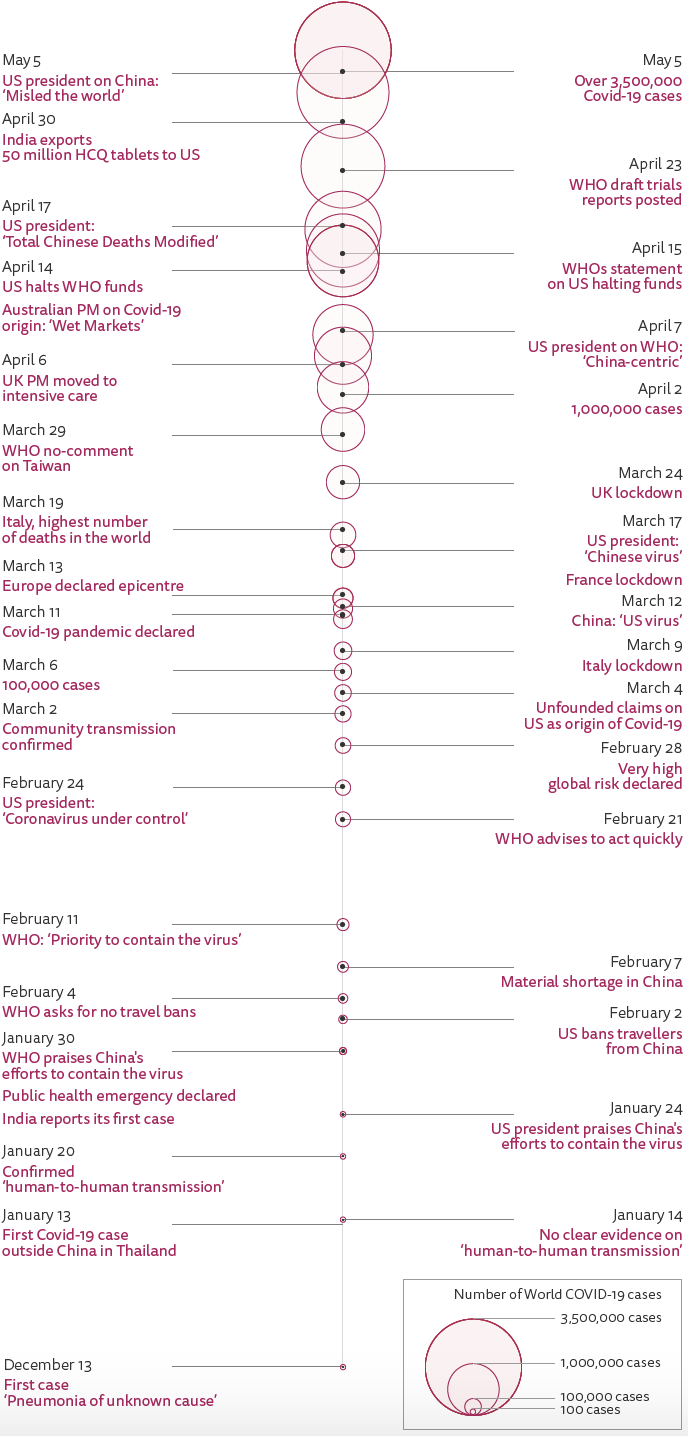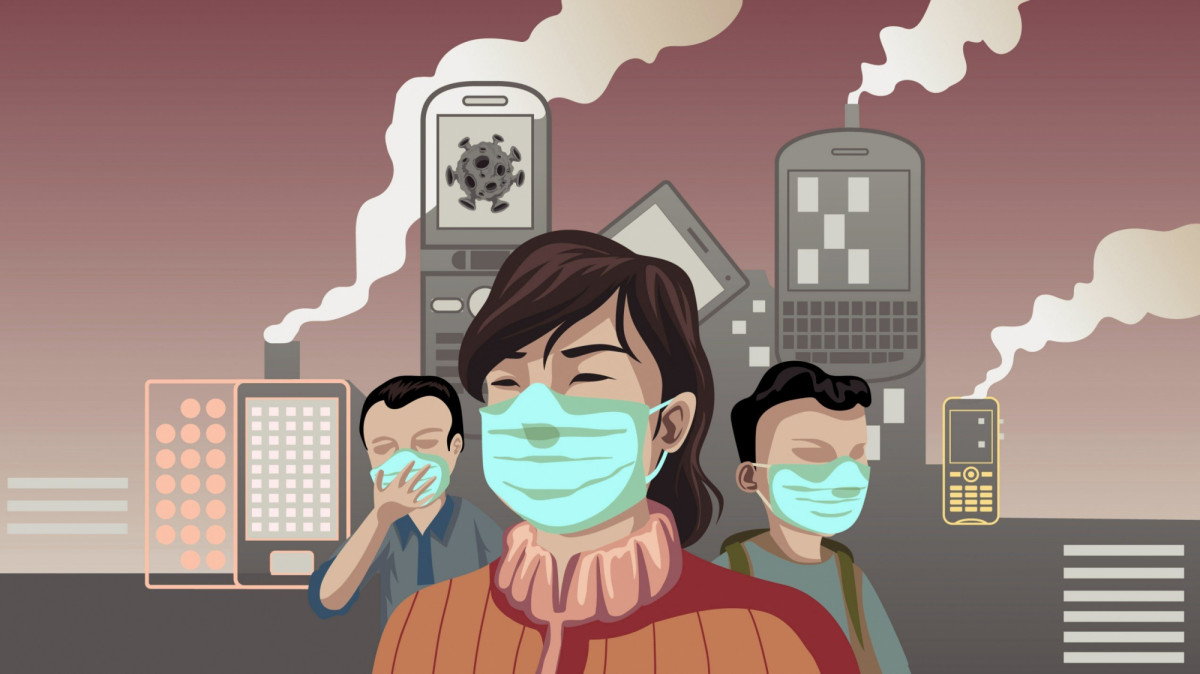In this RISJ Factsheet, we assess the volume and patterns of toxic conversations on social media during the COVID-19 pandemic. We specifically analyse worldwide conversations on Twitter targeting the World Health Organization (WHO), a central actor during the pandemic. Our analysis contributes to the current research on the health of online debates amid the increasing role of social media as a critical entrance to information and mediator of public opinion building.
Following previous studies on the field, for this analysis we define toxicity as ‘a rude, disrespectful, or unreasonable comment that is likely to make people leave a discussion’ (Wulczyn et al. 2017). Consistently, we identify the probability that a tweet conveys a toxic message and then calculate the overall volume of toxicity on Twitter across time. Then, we identify the contextual information and external events that potentially help to understand when and how toxic messages gain momentum on social media during the COVID-19 pandemic. Finally, we explore potential coordination dynamics behind the spread of those messages, identifying parallel campaigns of toxic messages targeting a narrow set of countries or other global actors.
Our analyses are based on a filtered dataset of about 303 million tweets including COVID-19 related terms, from which we obtained a final sub-subset of 222,774 tweets mentioning the WHO. The time window for this study spans 20 January to 23 April 2020. At that time, countries were at different stages of the pandemic. Some of them – mainly European, but also others such as China – were facing the most severe consequences of the peak of the outbreak, including strict lockdown measures, whereas others were just through the first stages of the crisis (see Figure 1 for more contextual information).
Figure 1. Timeline of selected COVID-19 events

Note: Selection of COVID-19-related worldwide events. The size of the bubbles represents the number of world COVID-19 cases confirmed. Own elaboration based on data from Johns Hopkins University and Medicine (2020).
Seguir leyendo: Reuters Institute


